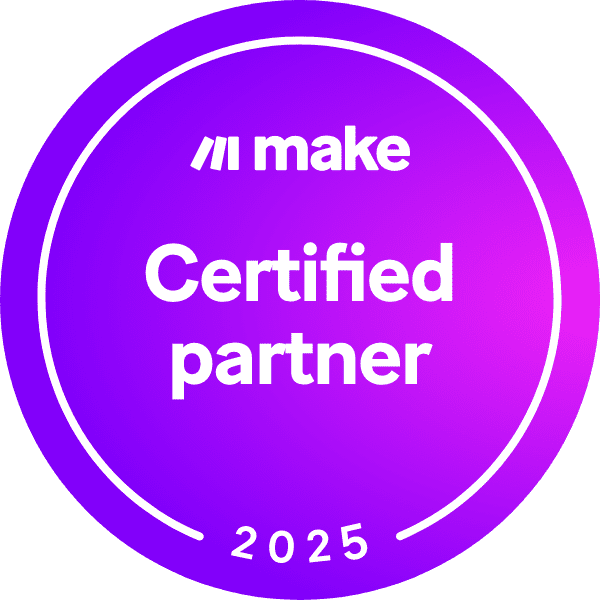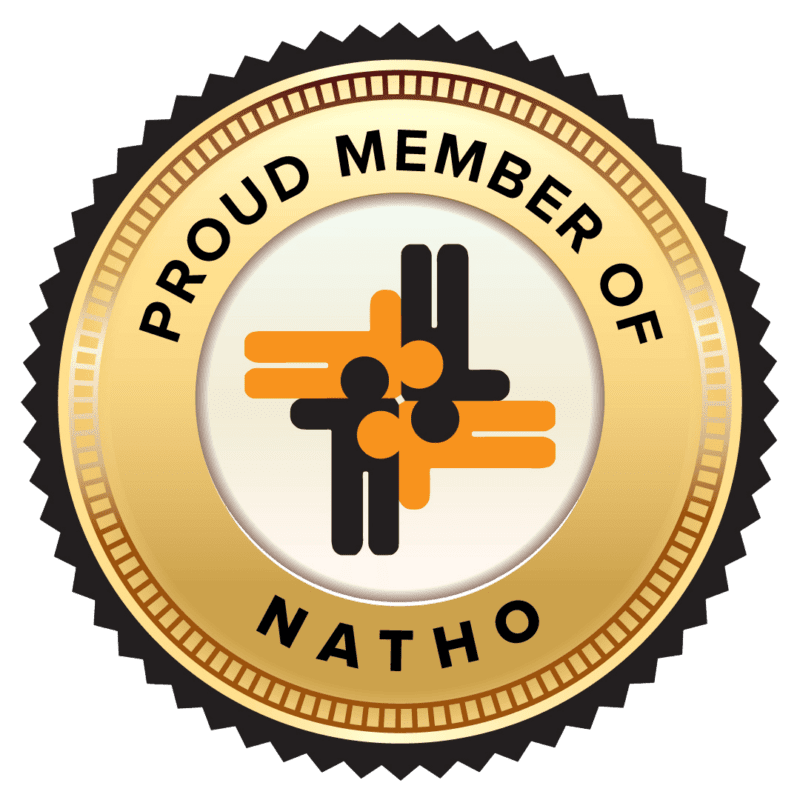If your recruiters are quietly sidestepping your Customer Relationship Management (CRM) system, chances are they’ve already decided it’s not worth their time. They may still be logging in—but only out of obligation, not because it’s helping them succeed. Instead, they’re toggling between email threads, spreadsheets, sticky notes, and Slack messages to stay on top of their work. That’s very inefficient—and worse, it’s risky.
When recruiters can’t rely on the system you’ve invested in, it creates a ripple effect. Productivity slows down. Candidate experience weakens. And team morale starts to erode under the weight of broken workflows. Before long, your best recruiters—the ones who care enough to be frustrated—start considering whether it’s worth staying at all.
In other words, issues with your CRM aren’t just tech issues. They’re talent retention problems.
Where It Starts Falling Apart
Many staffing firms invest in CRMs with the hope of driving consistency, visibility, and compliance. But what starts as a well-intentioned rollout quickly turns into a source of daily friction. The tool that was supposed to streamline everything becomes the thing that slows everything down.
Recruiters begin to spend more time updating records than actually moving candidates forward. If they’re copying notes from email into the CRM, manually adding reminders, or digging for resumes they know they already uploaded, they are already babysitting software.
These frustrations build slowly and silently—until they show up in your turnover rates. When your CRM becomes the bottleneck, the cultural cost is phenomenal. Unfortunately, this challenge is all too common in the staffing industry.
Read more: Leveraging Your CRM Capabilities
Why Recruiters Abandon the CRM
It usually starts with a small workaround: tracking candidates in a spreadsheet for “visibility,” forwarding resumes instead of logging them, scribbling interview notes to input later. Not because they’re dodging policy, but because they’re just trying to keep up.
Eventually, those workarounds become the norm:
- A call doesn’t get logged.
- “I’ll do it later” becomes never.
- Pipeline reports start looking wrong.
- Questions fly and trust erodes.
Frustration builds—not from defiance, but from a system that doesn’t match how they work.
The common causes? Slow interfaces, clunky navigation, poor search capabilities, lack of integrations, irrelevant fields, and too many clicks to perform simple tasks. Recruiters may feel forced to abandon the system when it no longer fits the speed and rhythm of real recruiting work.
If your CRM can’t keep up with the pace of recruiting, your team will find something that can, even if it means leaving the system behind.
What the Best Recruiters Need (and Aren’t Getting)
Great recruiters don’t want to cut corners. They want to do their job well, fast, and with confidence. But when the tech stack gets in the way, they lose time and momentum.
A system that truly supports a recruiter’s workflow does a few things exceptionally well:
- Makes data entry feel effortless, not burdensome.
- Surfaces useful insights without forcing deep clicks.
- Brings communication, task management, and tracking into one interface.
- Adapts to the recruiter’s pace, not the other way around.
Consider what it looks like when that support is missing. A recruiter finishes a client call. They know exactly what they need to do next—send a follow-up email, flag two candidates for review, and add notes to the system.
But instead of acting immediately, they need to open three tabs, copy and paste text between platforms, and wait for slow-loading screens. By the time they’re done, they’ve lost momentum and wasted fifteen minutes. Multiply that by ten tasks a day, and you’re looking at hours of lost productivity per week.
The Real Cost of a Broken CRM
The cracks may be small at first. A missed follow-up here, a duplicate candidate entry there. But over time, those cracks turn into full-blown gaps in your pipeline.
Candidates drop out because communication lags. Clients lose confidence because updates aren’t timely. Internal trust wanes because data can’t be relied on.
More subtly, recruiter satisfaction dips. When the tools they rely on undermine their productivity, it creates a sense of friction they carry into every part of the job. Frustration becomes fatigue. Fatigue becomes disengagement.
Research shows that disengaged employees cost companies 34 percent of their annual salary in lost productivity, errors, and attrition.1 If your CRM contributes to disengagement, it’s not just inconvenient—it’s expensive.
And when another firm comes along offering better tools and smoother workflows? That disengagement becomes a resignation letter.
What a Recruiter-Centric CRM Experience Actually Looks Like
To understand what your CRM should do, look at how recruiters actually work.
Their day isn’t structured by modules or dropdowns. It’s driven by urgency and relationships. The best systems mirror that. Instead of rigid processes, they create flexible environments:
- Quick access to recent conversations and candidate history.
- Real-time syncing with calendars, inboxes, and job boards.
- Automated prompts for next steps based on pipeline stages.
- Visual dashboards that help them prioritize without thinking twice.
Picture a recruiter starting their morning. They log in, and the dashboard highlights three candidates needing feedback, two clients waiting for interview updates, and one task flagged as urgent. Everything is clickable, context-rich, and easy to act on.
That kind of clarity doesn’t just help them move faster—it makes them feel in control. That sense of traction is what keeps them engaged.
How to Align Your CRM With the Way Your Team Works
Rebuilding trust in your CRM doesn’t require a total overhaul. Often, it starts with small but meaningful changes.
- Map their workflows. Spend time with your recruiters and watch how they manage candidates and clients. Take notes on every tool they touch, every task they repeat, and every moment they pause.
- Reduce friction points. Identify the top three moments in their workflow that feel like speed bumps. Is it duplicate data entry? Searching for old notes? Waiting for a screen to load? Tackle those first.
- Customize views. Most CRMs allow user-specific dashboards. Work with your team to create custom views that highlight what they need most—not what leadership thinks they should see.
- Kill what they don’t use. If a tab, field, or feature never gets touched, remove it. Clutter leads to avoidance. Clean interfaces lead to action.
- Train with purpose. Training shouldn’t be about features. It should be about outcomes. Show recruiters how the CRM helps them fill roles faster, not how to fill out forms.
Finally, recruiters shouldn’t have to adjust to your CRM. Your CRM should adjust to how recruiters actually work. That’s when adoption becomes instinctive, not enforced.
When It’s Time to Move On
Sometimes, no amount of customization will make an outdated or rigid CRM work. If your system is holding your business hostage, it may be time to make a switch.
But this time, lead with your recruiters. Involve them in demos. Let them test-drive tools and give real feedback. Ask questions like:
- How quickly can you log a candidate?
- How easy is it to track communication history?
- Does it feel like this system helps or hinders your day?
If they hesitate, listen. Because if your recruiters won’t use it, your investment won’t matter.
Look for platforms that offer:
- Seamless email and calendar integrations.
- Smart automation that works quietly in the background—surfacing what’s useful without interrupting what’s urgent.
- A clean, modern UX that doesn’t require a user manual.
- Support that actually supports.
Adopting a new system is never easy. But the risk of staying with a bad one is worse.
Technology Won’t Replace Your Recruiters—But It Can Drive Them Away
Your tech stack sends a message. It tells recruiters what you value: speed or bureaucracy, clarity or confusion, enablement or control.
If your CRM sends the wrong message, it doesn’t just slow things down. It damages trust. And when recruiters stop trusting the systems they’re told to rely on, they start looking elsewhere.
If you’re losing great people, the problem might not be culture. It might be clicks.
Want to turn your CRM into a recruiting asset? Let’s talk.
At Newbury Partners, we work with staffing firms to transform clunky CRMs into smooth recruiting engines. We don’t push shiny features. We focus on what actually helps your team perform.
If your CRM feels like a liability instead of a launchpad, let’s fix that. Your recruiters deserve better.
Let’s build tools that make their jobs easier—not harder. Reach out to get started today!
Reference
1. Harter, J. (2024, April 10). U.S. Engagement Hits 11-Year Low. Gallup. https://www.gallup.com/workplace/643286/engagement-hits-11-year-low.aspx






